SPIKE NLOS, is an electro-optically guided missile with a range of up to 25 km in service with the British Army, designated EXACTOR
EXACTOR is Spike NLOS, described by Rafael as;
The Spike NLOS is an electro-optically guided missile for ranges of up to 25 km with pinpoint accuracy and mid-course navigation. The weapon system can be launched from land, air and naval platforms.
EXACTOR-2 is currently in service with the Royal Artillery.
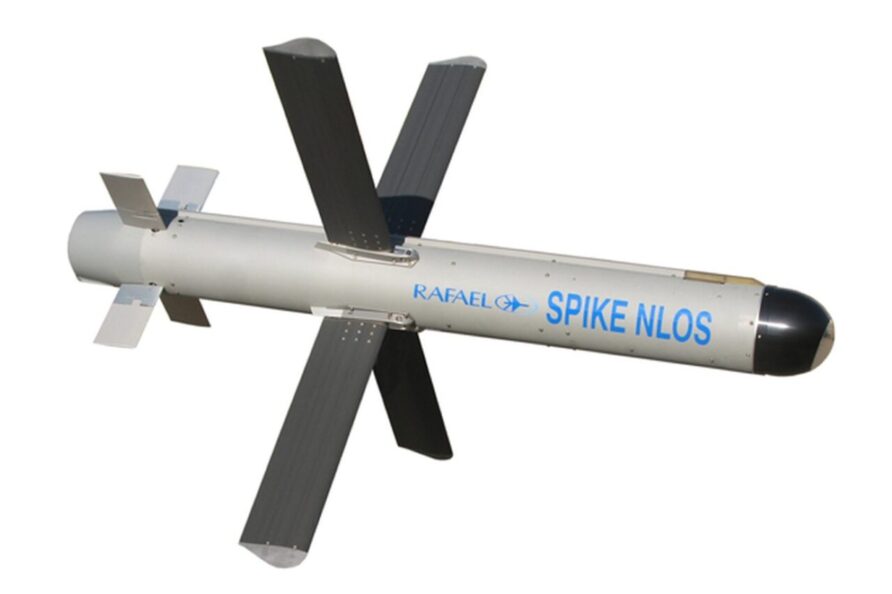
Spike NLOS (EXACTOR) History
Although Spike NLOS has a history that goes back to the late eighties, as EXACTOR, was relatively new and somewhat secretive until recently.
The requirement for EXACTOR was defined as an Urgent Operational Requirement (UOR) for use in Iraq in 2007 in the counter indirect fire role. The only system available within the time required was the Israeli missile system called Spike-NLOS (Tamuz).
The Israeli government allowed the UK to lease/purchase fourteen systems direct from IDF war stocks, including 600 missiles.
By August 2007, it was in service with 1 Royal Horse Artillery in Basra.
Two versions of the missile were obtained, 200 of the Mk2 with a daylight camera, and 200 of the Mk4 with a thermal imaging system for night operations.
The image below (in Israeli service) shows the original Mk1 variant, with swept wings.
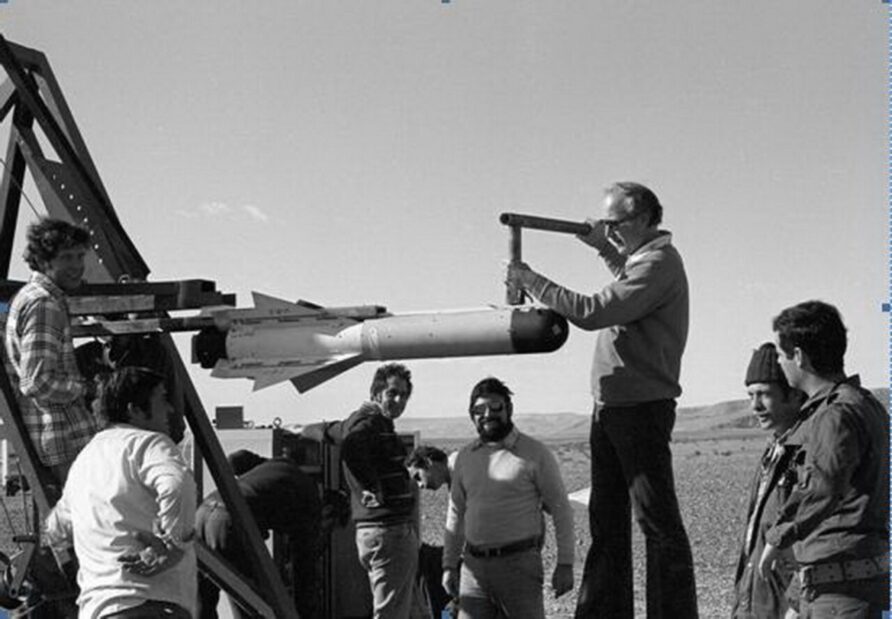
Despite having measurable success, early operational use highlighted several deficiencies. The Mk2 missile was difficult to control, the M113 vehicles were extremely unreliable, and not well suited to the heat. The display resolution was much lower than contemporary equipment.

As operations in Iraq wound down and the operating environment in Afghanistan deteriorated a similar capability was needed.
The system was transferred to Afghanistan in 2009. Rumours first surfaced with the release of a video on Live Leak that showed one being used to destroy a Taliban IED team.
In 2010, recognising an opportunity when they see one, Rafael offered the UK an improved version, the Mk5, and the MoD approved its development, providing some funding.
The BBC broadcast a documentary called The Bomb Squad that had brief commentary on the system being used from Camp Bastion. There were some snippets released in official reports, the first one I think was the MoD Annual Accounts 2010-2011 about pinch point trades of all things, reporting a shortfall of 1 person against an establishment of 24 for EXACTOR.
On the L(Néry) Battery OCA website, a short confirmation was described;
BC L (Nery) Battery
1 RHA
In September 2009, L (Nèry) Bty RHA deployed to MUSA QAL’AH in Afghanistan in support of the HCR battle Group. B Bty provided three Lt Guns operating of FOB EDINGBURGH along with a pair of EXACTOR launchers. The JFIC and BG HQ were based in FOB MUSA QAL’AH and the FSTs were dispersed in a protective ring of PBs providing security to the local population. Due to the number of PBs and temporary OPs in the AO, most of the FSTs were split into FSEs which maximised patrolling tempo and the support available to the ground holding companies. The Bty was kinetic straight from the start and the use of OS increased as the tour progressed. L Bty were the first to fire EXACTOR on Op HERRICk 11 and used it to devastating effect.
The JFIC successfully co-ordinated multiple fire missions with different assets on a daily basis and ensured that minimal collateral damage was inflicted on local nationals and their compounds. In little over six months the Bty engaged enemy forces with AH, CAS, armed UAV, 105 mm Lt Gun (including the DRAGON GUN) 81mm Mors, GMLRS and EXACTOR.
The Musa Qalah AO was the most kinetic during OP HERRICK 11 and through the use of intelligent fires the HCR BG extended the physical boundaries of the AO, the influence of the Afghan Government and the security of the local population. By March 2010 the BG had successfully shaped the AO to facilitate a RIP with the USMC. None of this would have been possible without the support from the Bty families and the Regimental echelon.
Janes postulated that it was Spike NLOS (Non-Line of Sight)
Spike NLOS was formerly called the Tamuz missile and has been in service with the IDF for several years, since 1981 in fact, although obviously in earlier versions. In addition to the basics of operational security, the origin of Spike NLOS would have been of obvious concern.
The 2010 Royal Artillery Briefing Guide described how 39 Regiment Royal Artillery were re-organising to provide an integrated precision fires capability comprising a Brigade HQ Targeting Cell, a GMLRS troop and two EXACTOR troops.
In 2011 Angus Robertson tabled a Parliamentary Question;
Angus Robertson (SNP Westminster Leader; Moray, Scottish National Party)
To ask the Secretary of State for Defence
(1) what vehicle is capable of firing the Exactor missile;
(2) whether his Department has acquired M133 armoured personnel carriers under urgent operational requirements for operations in Afghanistan.
Peter Luff (The Parliamentary Under-Secretary of State for Defence; Mid Worcestershire, Conservative)
The UK has a range of systems deployed in Afghanistan to support coalition forces and protect civilians. However, I am withholding further details on individual capabilities as their disclosure would, or would be likely to prejudice the capability, effectiveness or security of the armed forces.
Not a great deal of information emerged after that, apart from the M113 vehicles that were used originally, causing several issues. One or two Live Leak videos had some interesting snippets of night firings that look very much like those of Spike NLOS/Tamuz on YouTube.
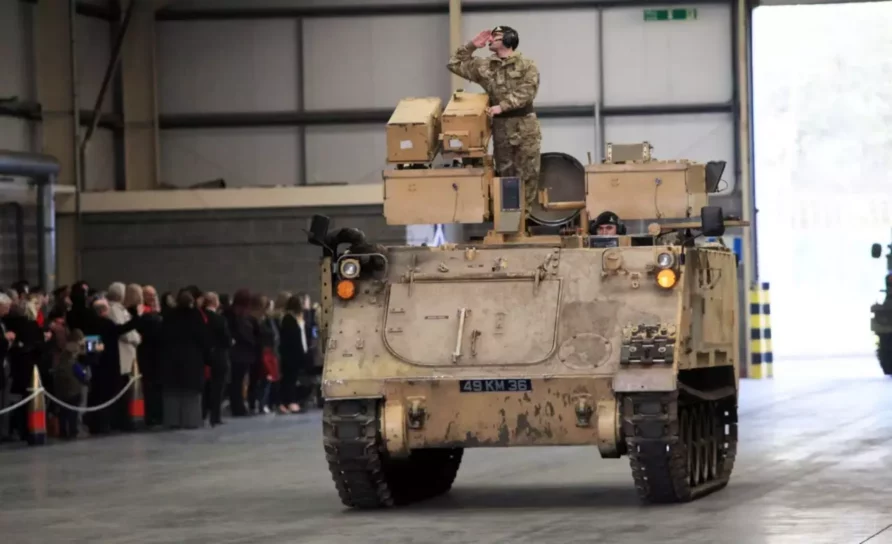
In 2014, there was an official acknowledgement in a House of Lords question;
Asked by Baroness Tonge, Asked on: 04 November 2014, Ministry of Defence, Israel
To ask Her Majesty’s Government what weapons the United Kingdom has purchased from Israel in the last five years.
Answered by: Lord Astor of Hever, 17 November 2014
In the last five years the Ministry of Defence has purchased the Exactor weapons system, comprising Exactor 2 palletised launchers and Exactor Mk5 missiles, from a contractor based in Israel
With development funding from the UK, the Mk5 entered service with the British Army as EXACTOR 2 and was displayed at defence shows in 2010/2011. Various changes in the new build missile system and a new trailer to replace the M113s were included in the Mk2 package.
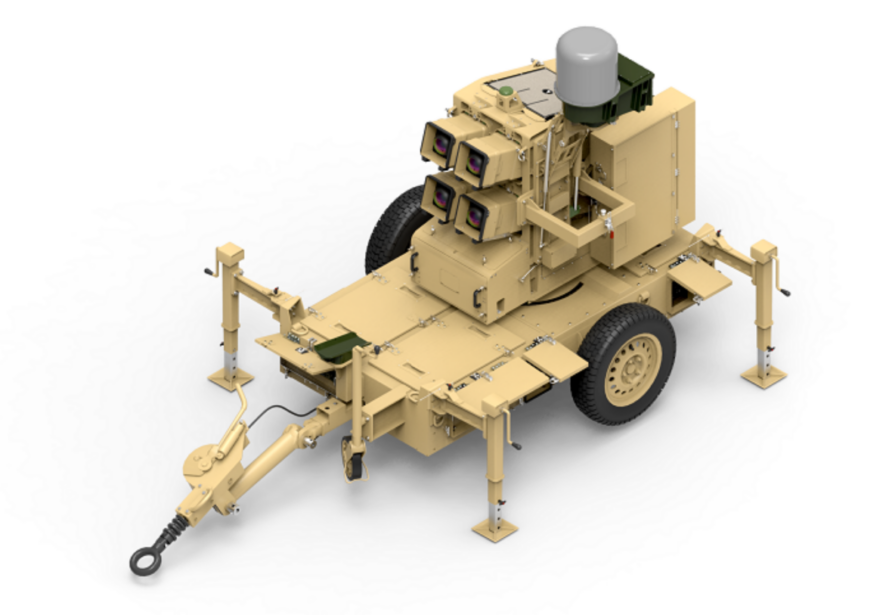
The SPARC trailer also houses four missiles on a 360-degree rotating assembly that can be operated up to 500m away as a semi-mobile base defence system.
An entry in the The Craftsman, the Magazine of the Corps of Royal Electrical and Mechanical Engineers in July 2015 provided some additional background information
With 132 Bty due to deploy on Op HERRICK 20 in May 2014 and after having completed all of the pre-deployment training, including a further six weeks special to role eqpt training for the Tech Elect’s, the Bty Ftr Sect commanded by SSgt Aiden Carbutt, was ready for the task in hand. On arrival in Camp Bastion, the battery quickly established themselves to the ‘gun positions;’ one based in the North of the airfield and the other to the South, which were also co-located with the USMC. The role of the Ftr Sect was to provide equipment support to the new UOR Exactor 2 platform, a precision strike capability. Much to the frustration of everyone, the missile system was not tasked for use on a live target, however was made ready on a number of occasions for countless close calls. After a few months, the main effort quickly switched to the drawdown of Camp Bastion and the backloading of equipment and stores, majority of which was legacy from previous tours. As the tour drew to a close the ‘gun positions’ were slowly scaled back and personal sustainment was reduced to a bergan and a camp cot. Finally, the battery re-located back to the main base in Camp Bastion, where we attended the closing ceremony of the memorial wall, which was a fitting and moving tribute to all that had made the ultimate sacrifice during the 12 year campaign.
The final few days in Camp Bastion came to a dramatic end, with a fire mission for Exactor 2 being executed, which was the first successful firing of the Precision Strike capability. After a brief-stop over in Cyprus, the Bty and Ftr Sect finally arrived back in Newcastle to conduct some well-deserved Geordie decompression and to confirm that everything was the same as we had left it in May. With everybody normalised, POTL began and the final and very last Op HERRICK for 39 Regt RA was completed.
Janes reported in September 2016 that the British Army was considering options for Exactor.
IHS Jane’s has learnt that the Royal Artillery is looking at replacement or significant improvement of all its main weapon systems, artillery and mortar locating radars, as well as its fire control communications networks…These include ‘Strike 155′, which aims to field a new wheeled or towed 155 mm artillery gun system to operate alongside the wheeled armoured vehicles of the British Army’s two new Strike Brigades…’Project Congreve’, named after the rockets used during the Napoleonic wars, is looking at how to improve, supplement or replace the Royal Artillery’s existing Lockheed Martin Multiple Launch Rocket System (MLRS) and Rafael Advanced Defense Systems Exactor (Spike) non-line of sight missile
The 2021 Integrated Review and Command Paper described the immediate future for Exactor
In the short term, the Army will invest to sustain the Exactor missile system. Over the longer-term this capability will be upgraded to provide enhanced lethality against emerging threats.
It is assumed this will take the form of a midlife upgrade and perhaps some vehicle mounting option, although little has been released so that is speculation.
The Battle Group Organic Anti-Armour (BGOAA) concept work will inform what comes after Exactor.
In September 2022, the Gunner magazine (Royal Artillery) described plans
From an equipment perspective we will be enhancing Watchkeeper and MAMBA, introducing a new weapon-locating system (SERPENS) and adding more Aquila Unmanned Aerial Systems (UAS). There will be a new medium range contingent air defence capability as well as investment in counter UAS/drones and Short-Range Air Defence (SHORAD); and renewing the Multiple Launch Rocket System (MLRS) so it can fire both further and quicker while aligning it with the replacement for Exactor; also investing in an AS90 replacement or upgrade with improved accuracy and range, plus related modernised target acquisition.
The same magazine, in March 2022
Work is also under way to allow the MLRS to fire a guided, medium range, high precision Exactor-type rocket. That doesn’t mean we are phasing our Exactor, but it does mean we will have more tactical flexibility for deploying this kind of weapon
Exactor is no longer in service with the British Army.
Before reading on, would you mind if I brought this to your attention?
Think Defence is a hobby, a serious hobby, but a hobby nonetheless.
I want to avoid charging for content, but hosting fees, software subscriptions and other services add up, so to help me keep the show on the road, I ask that you support the site in any way you can. It is hugely appreciated.
Advertising
You might see Google adverts depending on where you are on the site, please click one if it interests you. I know they can be annoying, but they are the one thing that returns the most.
Make a Donation
Donations can be made at a third-party site called Ko_fi.

Think Defence Merch
Everything from a Brimstone sticker to a Bailey Bridge duvet cover, pop over to the Think Defence Merchandise Store at Red Bubble.
Some might be marked as ‘mature content’ because it is a firearm!
Affiliate Links
Amazon and the occasional product link might appear in the content, you know the drill, I get a small cut if you go on to make a purchase
Spike NLOS (EXACTOR) Capabilities
The Rafael Spike NLOS Mk5 (Exactor-2) is a non-line-of-sight missile with a dual-mode electro-optic/infrared (EO/IR) camera seeker.
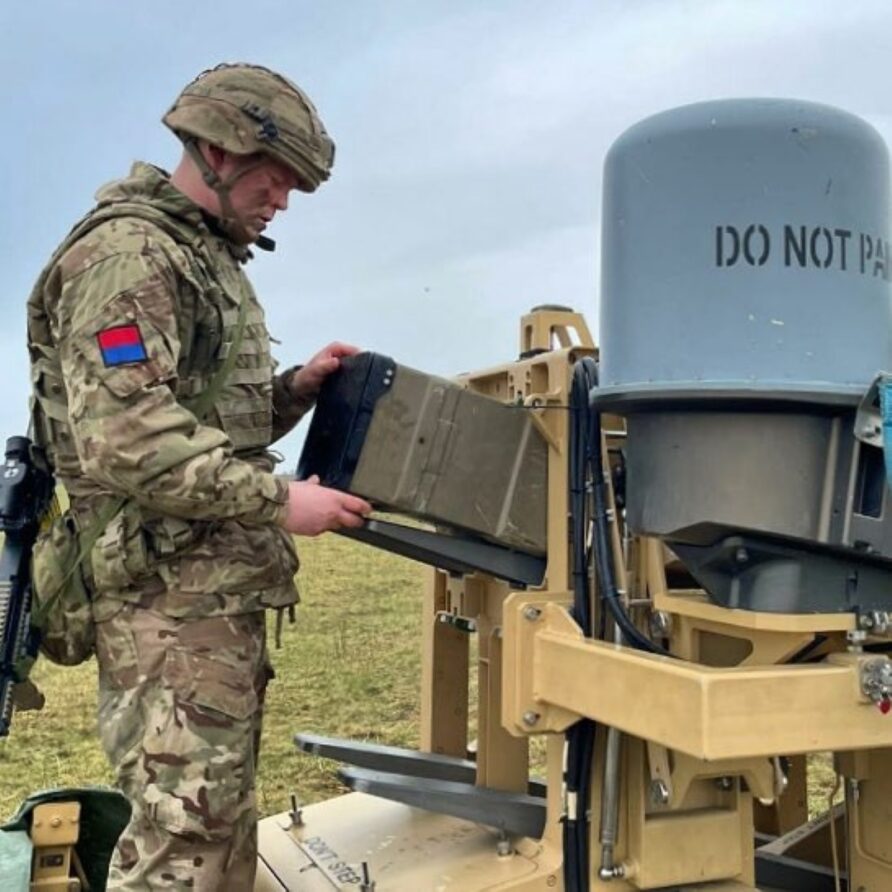
With an effective range of between 25 and 30 km, it weighs 71 kg in its canister, much larger and heavier than the previous versions.
The Mk5 missile has straight wings that pop out after launch, shown here in South Korean service.
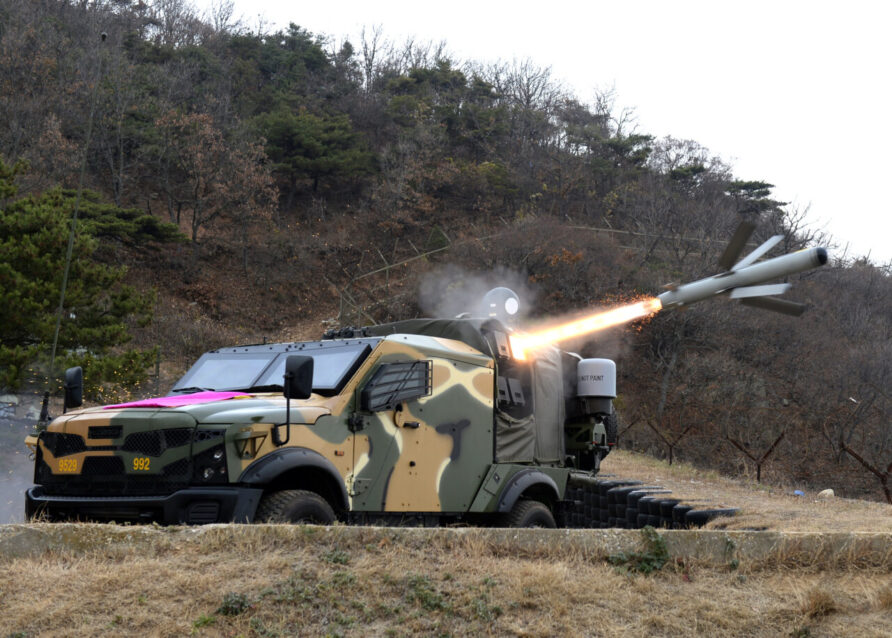
Early missiles were guided to the target manually using a daylight TV seeker. This has been progressively improved so that current missiles can utilise a day/night semi-automatic seeker, GPS and a two-way RF data link to enable inflight target acquisition and guidance. This is especially important in operational situations with demanding and complex rules of engagement.
It can also be used with offboard target designation.
The use of a radio data link also enables initial targeting information to be passed by off-board systems such as other ground units, UAVs, helicopters or other aircraft. Then the operator basically picks up from that point and flies the missile onto the target.
The missile flies to a waypoint and the operator guides it in for the final 3 km.
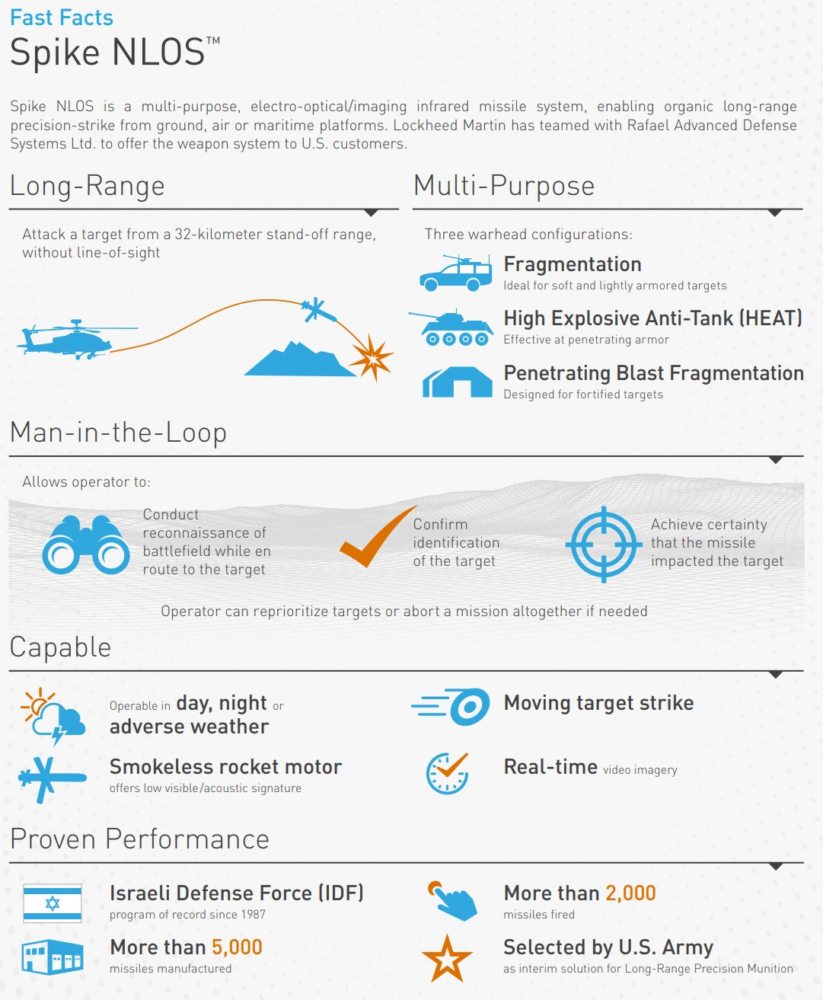
Separating the launch point from the initial gatherer of targeting information is a significant advantage.
The Mk2 and Mk4 used a warhead optimised for armour penetration, but the Mk5 (Exactor) has a more versatile dual effect warhead.
It was reported that the early versions were difficult to control as they were very fast, but slowing the missile down also creates problems in high-intensity combat environments, as ever, everything is a trade-off against one requirement or another.
Dismounted Launcher
In UK service, Exactor is launched from an SPARC trailer, shown below
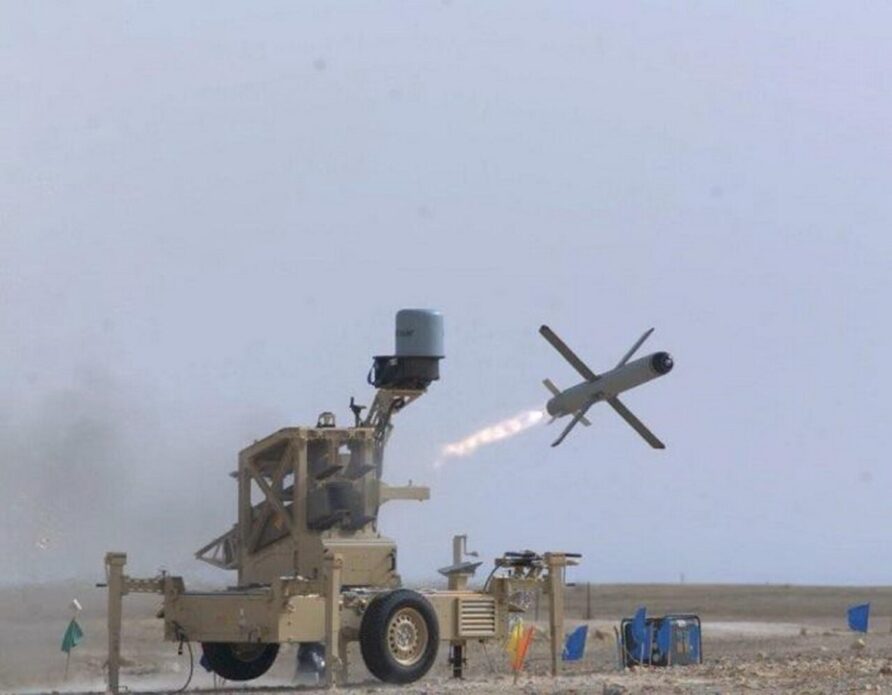
The control equipment is contained in a number of rotationally moulded cases.
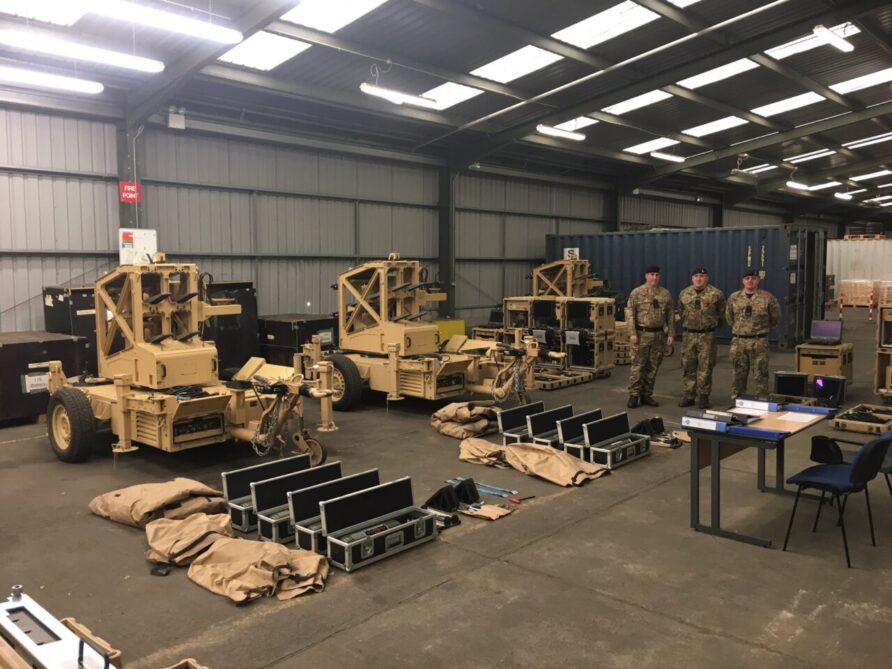
This means the system is highly mobile, able to be quickly deployed by helicopter or discretely, in a shipping container for example, although they might not be as fast into action as a vehicle mount solution.
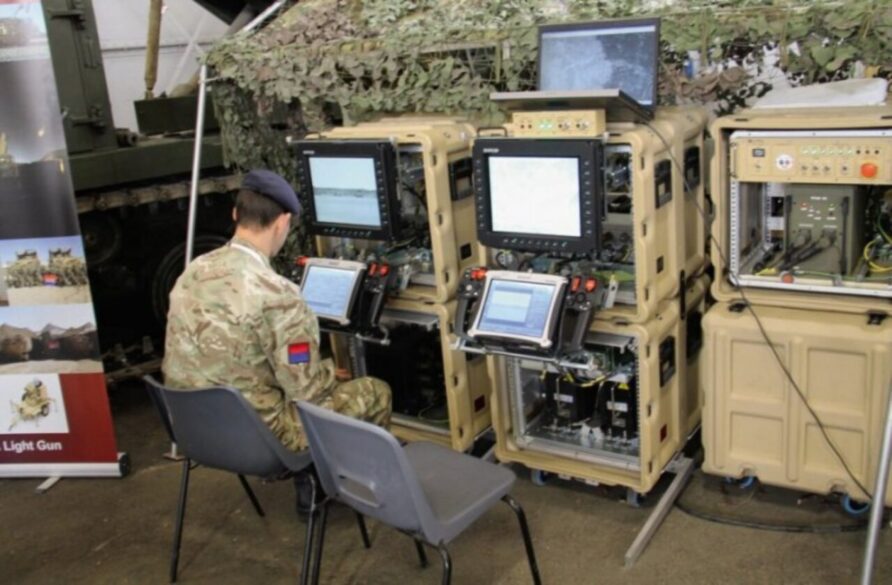
The trailer and control equipment can be separated by a distance of 500m.
Vehicle Launched
The British Army does not use Exactor on a vehicle, but the Spike NLOS has been integrated on a number of light and armoured vehicles.
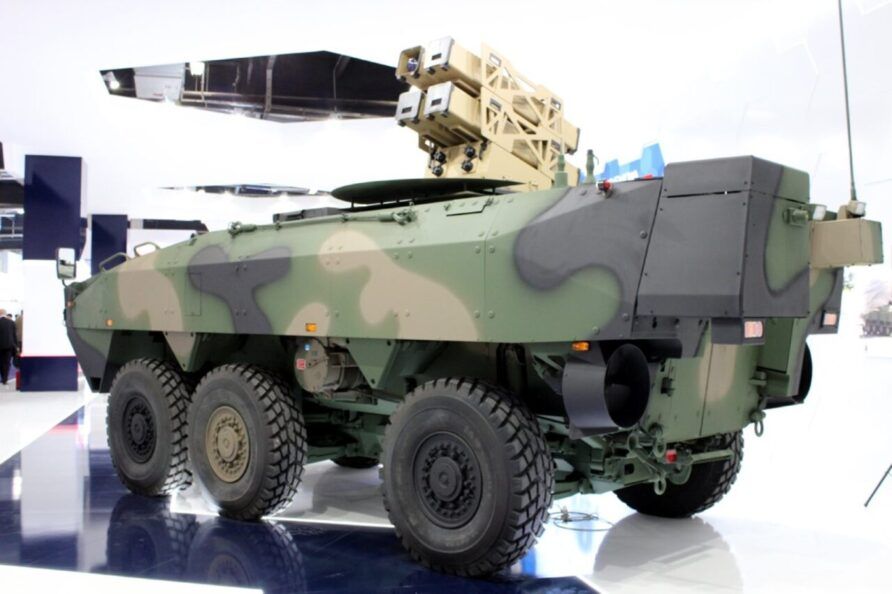
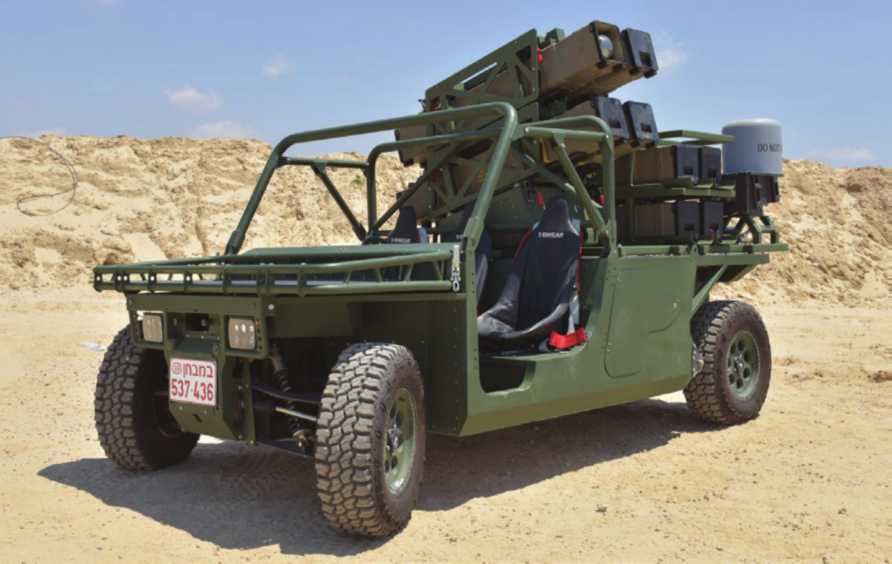
Helicopter Launched
The US Department of Defense has purchased a number of Spike-NLOS systems as an interim long-range missile, marketing by Lockheed Martin.
Apache and Blackhawk integration has been completed or is in progress.


205 missiles will be obtained in 2021 against a total contract value of $45.3m
The Republic of Korea has also integrated Spike NLOS on their Wildcat helicopters.
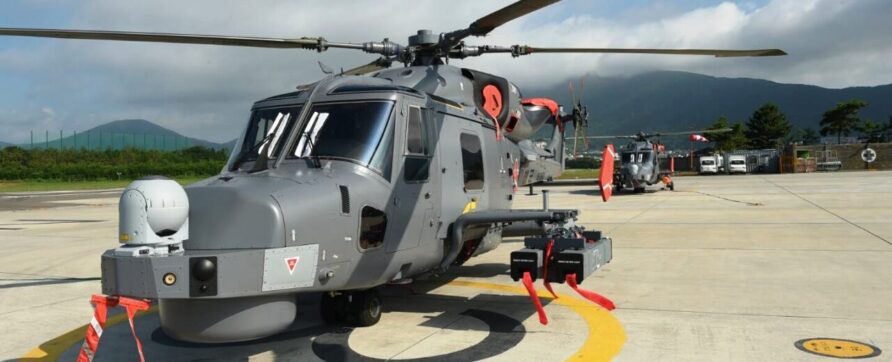
Ships and Small Craft Launched
Spike NLOS has a dedicated naval launcher, designed for small combat vessels.
Azerbaijan’s OPV 62 patrol vessels are fitted with Spike NLOS
Change Status
| Change Date | Change Record |
| 21/05/2016 | Initial issue |
| 29/07/2021 | Refresh and format update |
| 24/11/2022 | Minor updates |
| 10/10/2024 | Minor update on service status |
Discover more from Think Defence
Subscribe to get the latest posts sent to your email.


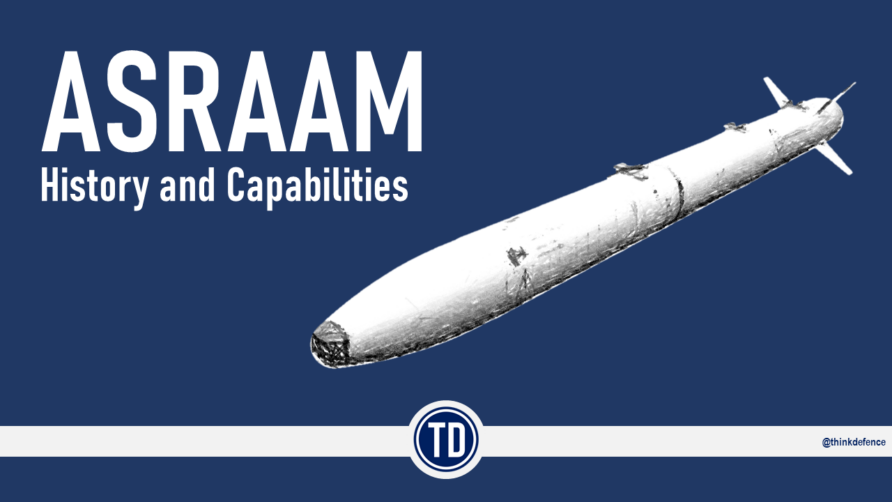
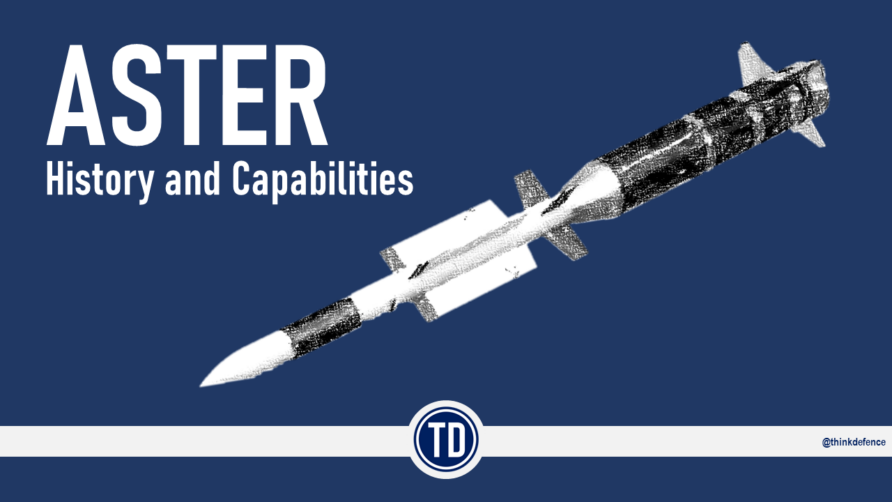
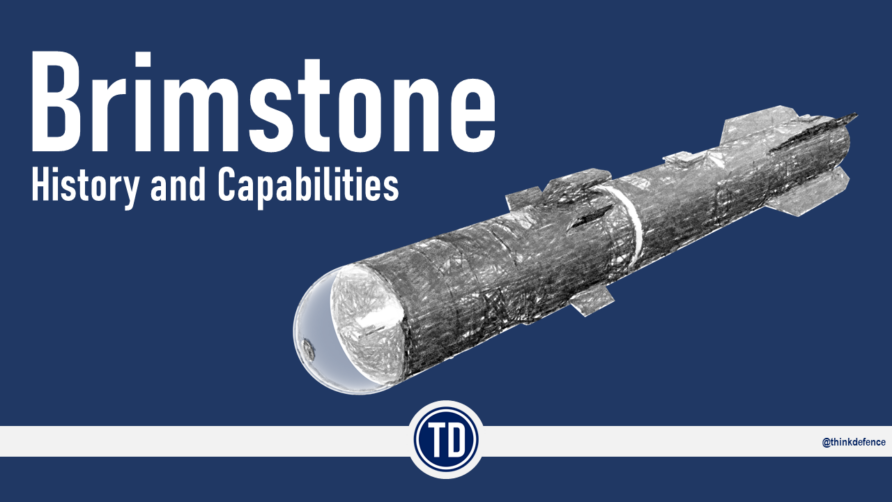
Would the dimensions of the SPARC trailer allow it to be mounted en portee on another vehicle?
I reckon so, it doesnt look huge